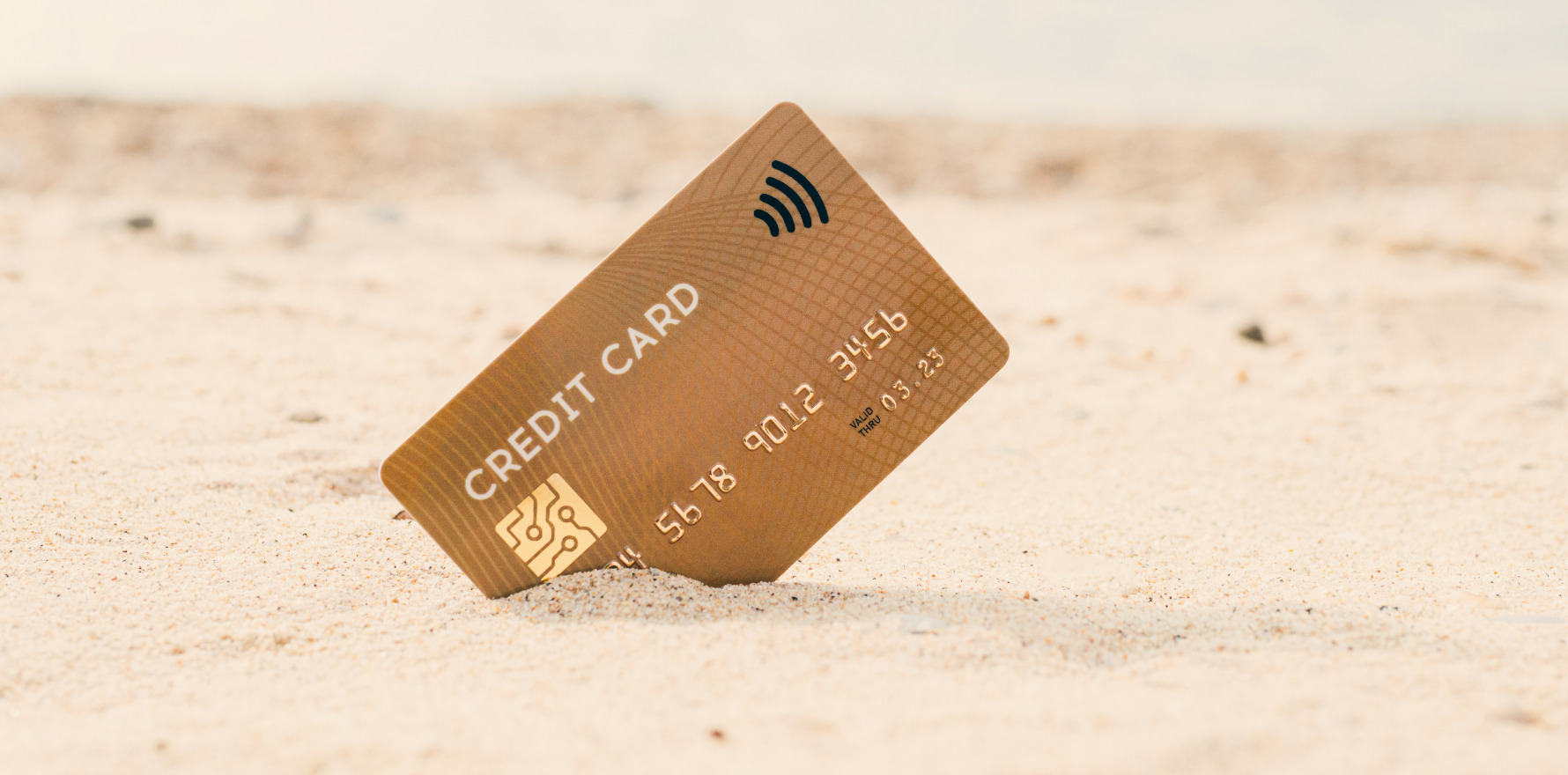There’s no shortage of cash in the Sunshine State, apparently, as the Queensland treasurer goes on a spending spree.
As promised, Queensland Treasurer Cameron Dick has delivered a $28.9 billion investment in health, a 10.6% growth in operating funding in 2024-25, including a boost of $4.393 billion over the next four years.
As reported by HSD previously, the government will spend $2.167 billion in total capital investment.
A $1 billion boost to the Capacity Expansion Program is designed to optimise patient flow within hospitals, reduce wait times and improve healthcare delivery.
Along with additional funding committed by the federal government and philanthropic contributions to the Queensland Cancer Centre, the CEP now totals $11.215 billion over six years to deliver around 2200 additional overnight beds at 15 facilities across the Queensland health system.
The state government has also committed to delivering an additional 3378 beds by 2031-32, including more than 230 beds scheduled to come online in 2024–25.
Itemised budget measures include:
- $200 million over seven years from 2024–25 to completely redevelop and deliver a contemporary Cooktown Multi-Purpose Health Service facility to support modern models of care;
- $60 million over two years for the Cairns Health and Innovation Centre which will deliver additional capacity for clinical services within the existing Cairns Hospital Precinct and provide necessary health education, training and research facilities for future medical professionals in Cairns;
- $12 million in 2024–25 to replace existing staff accommodation in the Torres and Cape HHS which will support recruitment and retention of health workforce in the Torres and Cape region.
Workforce is a significant focus with $158.4 million over four years in new funding and $215.9 million from internal Queensland Health resources put into taking on “significant workforce challenges”, including a focus on “supporting and retaining the current workforce, building and attracting new pipelines of talent, and adapting and innovating to find new ways to deliver”, according to the budget papers.
A new electronic workforce rostering system will cost $64 million over four years.
A big chunk of change will be put into a $1.14 billion expansion of the Putting Patients First plan, on top of the $764 million spent last year.
This investment will support the rollout of the free meningococcal B and RSV vaccines for eligible infants, children and adolescents, as well as a continuation of the free influenza vaccination for all Queenslanders.
Improvements to hospital discharge initiatives will come through the expansion of the Long Stay Rapid Response and Queensland Civil and Administrative Tribunal Hospital Bedside Hearings programs.
“This will enable people who are medically ready for discharge to transition to more appropriate accommodation for ongoing care needs,” said the Treasurer.
Women and Girls’ Health Strategy 2032
A total of $247.9 million over the period to 2027-28 will address gender-based health inequity. Combined with funding for existing services, over $1 billion over the next five years will target female-focused health and wellbeing.
The strategy has six priority areas:
- healthy lifestyles and bodies – Queensland women and girls are supported to maintain healthy lifestyles, behaviours, body weight and positive body image;
- sexual and reproductive health – reproductive and sexual health of Queensland women and girls is optimised across their life course;
- mental health and wellbeing – Queensland women and girls experience enhanced mental health and wellbeing;
- health response to domestic and family violence, and sexual violence – Queensland women and girls experiencing domestic and family violence, and sexual violence have access to sensitive, trauma-informed and culturally safe healthcare;
- maternal health – Queensland mothers and babies are healthy and cared for close to home and community; and,
- chronic health conditions and cancer – Queensland women and girls live longer, healthier lives and are supported to prevent and manage chronic conditions.
Queensland Ambulance Service
The QAS will be boosted over the next four years to the tune of $265.9 million, including the recruitment of 188 ambulance operatives and 80 specialised positions, on top of the additional 735 paramedics already promised in this government’s term of office.
There is also a $30 million boost to the QAS’s base capital program, providing infrastructure to equip ambulance operatives on the frontline.
The budget includes an additional $142.2 million over four years for specialist retrieval and emergency helicopter services in Torres Strait, Bundaberg, Mount Isa, Sunshine Coast, Toowoomba, Rockhampton, Mackay, and Brisbane.
First Nations
Including $209.9 million in new funding, a total of $324.7 million will be put into a key priority of the Closing the Gap national agreement, by “strengthening and empowering” the Aboriginal and Torres Strait Islander community-controlled health sector, particularly the Queensland Aboriginal and Islander Health Council and the Institute for Urban First Nations Health.



